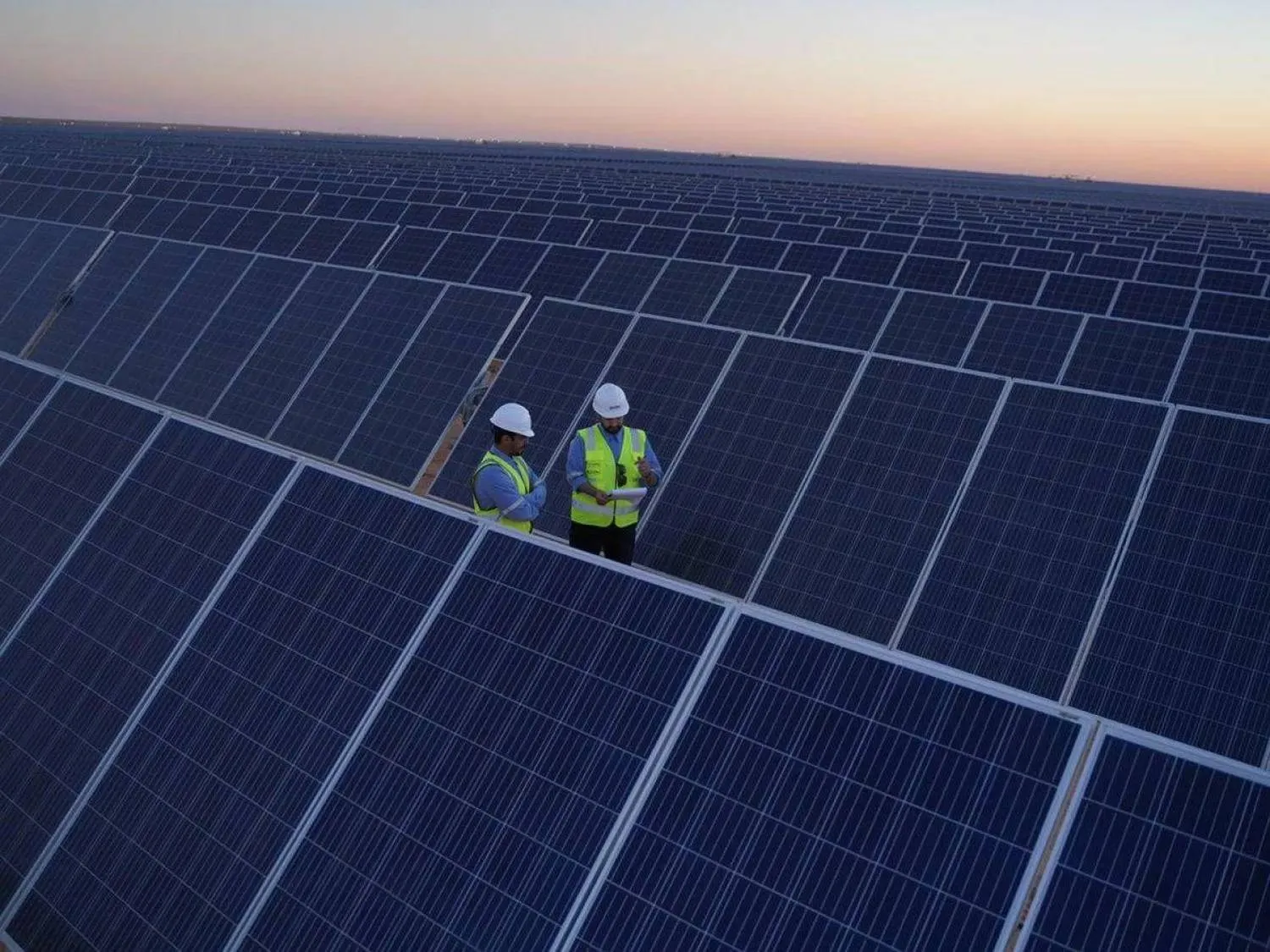The Saudi real estate market recorded a decline in the total value of transactions and in the average price per square meter during the first half of 2025, even as the transacted area expanded significantly.
Analysts described this shift as a natural outcome of government measures aimed at rebalancing the market, increasing supply, and encouraging more mature investment patterns in line with Vision 2030, which prioritizes sustainable development, efficient spending, and long-term planning.
According to data from the Real Estate Exchange under the Ministry of Justice, about 216,000 transactions were registered in the first six months of the year, with a combined value exceeding $44.5 billion (SAR167 billion). This marked a decline of 17.3% compared to the same period in 2024, when transaction values reached $53.9 billion (SAR202 billion). However, the total transacted area surged to approximately 2 billion square meters, a significant rise over the 1.3 billion square meters recorded in the first half of the previous year. Meanwhile, the average price per square meter fell by 13%, reaching SAR2,216 compared to about SAR2,570 a year earlier.
Analysts attributed this drop to a combination of factors. The market has witnessed a clear shift in investor behavior from speculative, short-term trading in high-value urban areas toward broader activity in suburban and emerging development zones, such as east and south Riyadh and north Jeddah. These areas generally offer lower land prices and greater potential for long-term projects.
The introduction of white land fees has also played a role, prompting many landowners to accelerate sales to avoid escalating levies, which increased the volume of supply. At the same time, higher financing costs resulting from rising interest rates have constrained the borrowing power of families and investors. Heightened competition among developers has further contributed to price adjustments, as companies have introduced attractive pricing and flexible financing solutions to boost home ownership and reduce inventory levels.
Real estate expert and appraiser Engineer Ahmed Al-Faqih said the decline in transaction numbers was to be expected given recent policy changes. He explained that trading activity slowed noticeably starting in April, reflecting a state of anticipation after a series of government decisions aimed at correcting clear market distortions, particularly in the rental and serviced land segments. Al-Faqih expects a gradual recovery in activity during the second half of the year, noting that momentum began to pick up again in May.
Real estate expert and marketer Saqr Al-Zahrani stressed that the contraction in overall value does not indicate market weakness but rather an important strategic reorientation. He said the market is transitioning away from highly concentrated, high-value deals toward a more diverse spread of transactions with clear developmental objectives. He noted that this transformation reflects a growing maturity among investors and a stronger focus on genuine demand rather than speculative gains.
Looking ahead, analysts anticipate that the market will stabilize over the next six months. Al-Zahrani expects a modest decline in prices of 2–4% in areas with abundant supply and weaker demand, alongside a potential increase in transaction values of 3–5% if major national projects, such as new residential districts and special economic zones, are launched or if innovative financing products are introduced.









